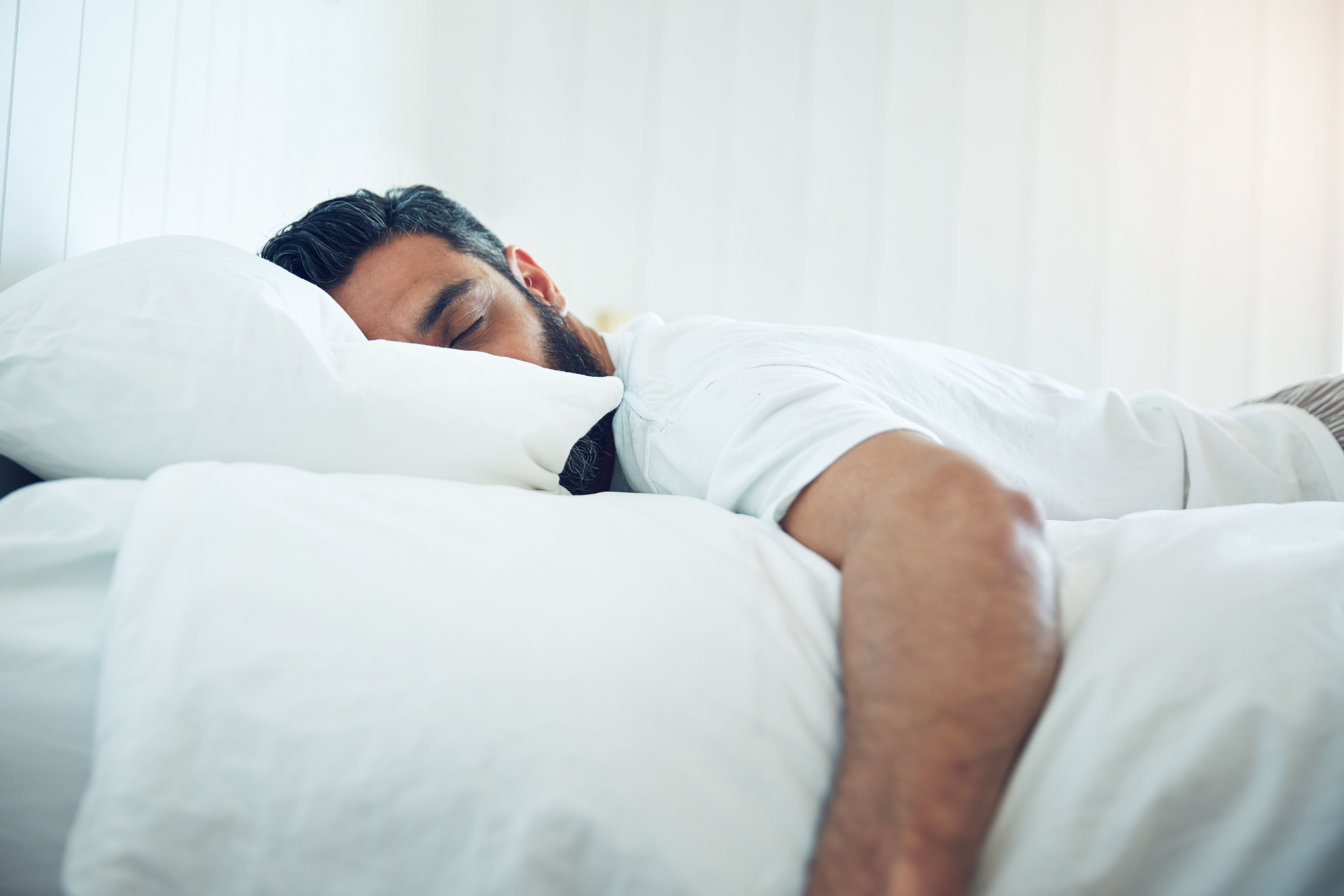Article
Survey Highlights Importance of Once-Nightly Oxybate Dosing for Narcolepsy
Author(s):
Clinicians are increasingly recognizing the negative impact of the middle-of-the-night dosing required with twice-nightly therapies for narcolepsy.
A new study found a significantly higher preference for a once-at-bedtime dosing schedule of oxybate treatments for patients with narcolepsy compared to twice nightly dosing in efforts to improve patient quality of life (QoL) or lower patient anxiety.1
Credit: peopleimages.com - stock.adobe.com

The study, titled “Clinician Preferences for Oxybate Treatment for Narcolepsy: Survey and Discrete Choice Experiment,” and published in Advances in Therapy, noted that immediate-release sodium oxybate (SXB) are taken at bedtime with a second dose taken 2.5–4 hours later. The investigators sought to understand clinicians’ preferences between these 2 oxybate treatmentsand a third investigational extended-release SXB that may soon be available.1
“Sodium oxybate has been recognized as a standard of care to treat narcolepsy for more than 20 years, but, until recently, has required two nighttime doses for sufficient therapy. Data published recently demonstrate that clinicians recognize the negative impact of middle-of-the-night dosing required with twice-nightly therapies,” said Anne Marie Morse, DO, director of Child Neurology and Pediatric Sleep Medicine at Geisinger Medical Center at Janet Weis Children’s Hospital, in a press release.2 “The ability to further consolidate nocturnal sleep and simplify medication regimens is extraordinarily impactful. Decreased dosing frequency was the most important attribute when considering overall product choice, improving patient quality of life, and reducing their anxiety.”
The study recruited clinicians in active clinical practice for between 3 and 35 years with experience treating patients with narcolepsy. They were administered a 30-min web-based survey that quantified narcolepsy disease-state attitudes, treatment perceptions, and satisfaction with oxybates on 9-point scales.
The researchers used a discrete choice experiment (DCE), which was developed to characterize and quantify drivers of preferences for attributes. The clinicians chose from randomly generated hypothetical medicine profiles to evaluate the medication they preferred overall, which drug could improve QoL, and which would lower patient anxiety and stress.
The DCE used 12 choice sets, with 2 hypothetical treatment profiles in each.
Before the DCE was conducted, the investigators surveyed respondents to evaluate perspectives of first generation, twice nightly oxybates, and other narcolepsy therapies. The clinicians (n=100) indicated moderate to high satisfaction with immediate-release oxybate treatments but noted that the twice-nightly dosing created significant stress for patients.
The results of the DCE showed the that narcolepsy has a negative effect on patient QoL (mean rating, 7.7), with QoL and treatment efficacy rating as the most important aspects of narcolepsy treatment selection (mean rating, 7.3–7.7).1
After the DCE, they found that the most influential driver of overall product choice was the frequency of oxybate treatment dosing, with once-nightly dosing preferred over twice-nightly. After dosing frequency, patient QoL and reducing patient anxiety and stress (relative attribute importance, 46.1, 41.7, and 44.0, respectively) were the most important factors.
Clinicians who have experience prescribing oxybates indicated a moderately high satisfaction with SXB and mixed-salt oxybates efficacy (mean ratings, 6.5–6.9) and safety (mean ratings, 6.1–6.7), whereas they indicated lesser satisfaction with nightly dosing frequency (mean rating, 5.9 and 6.3, respectively).
“We routinely and consistently hear from people living with narcolepsy and clinicians that there is a critical need for an effective therapy to manage cataplexy or excessive daytime sleepiness while allowing for the possibility of an uninterrupted night sleep,” said Jennifer Gudeman, PharmD, senior vice president, Medical and Clinical Affairs of Avadel, in a press release.2 “These data provide insight that the most important driver of oxybate choice is dosing and not sodium content.”
References
1. Morse, A.M., Krahn, L., Flygare, J. et al. Clinician Preferences for Oxybate Treatment for Narcolepsy: Survey and Discrete Choice Experiment. Adv Ther (2023). https://doi.org/10.1007/s12325-023-02532-y. Accessed June 13, 2023.
2. Avadel Pharmaceuticals Announces Publication of Study Data in Advances in Therapy Highlighting Need for Once-at-Bedtime Oxybate Dosing for Narcolepsy. News release. Avadel Pharmaceuticals. June 13, 2023. https://investors.avadel.com/news-releases/news-release-details/avadel-pharmaceuticals-announces-publication-study-data-advances
Newsletter
Stay informed on drug updates, treatment guidelines, and pharmacy practice trends—subscribe to Pharmacy Times for weekly clinical insights.





